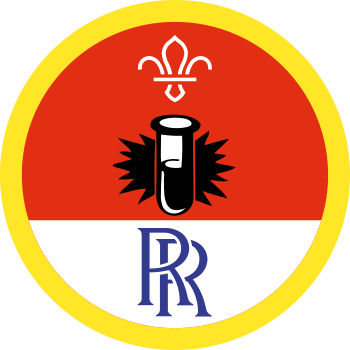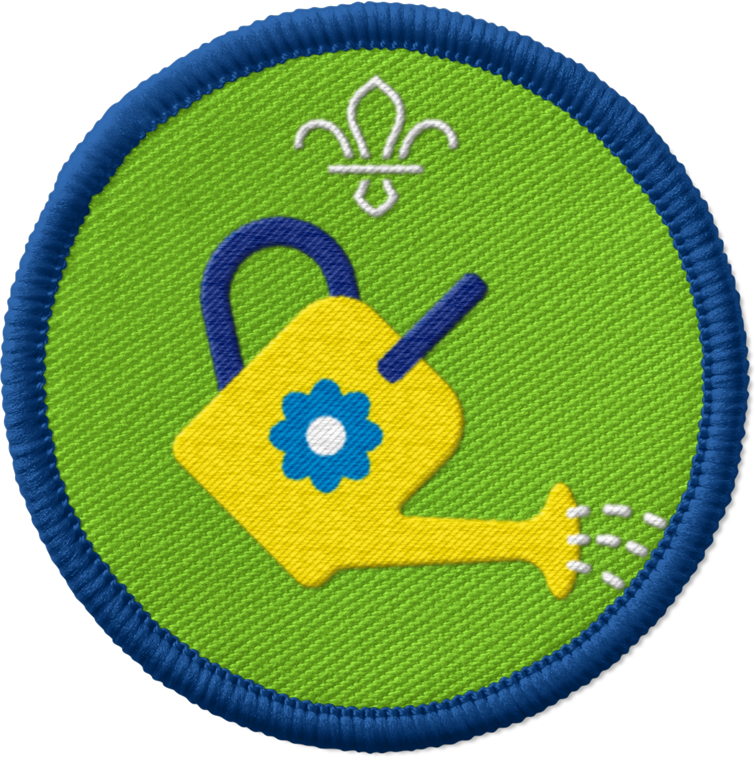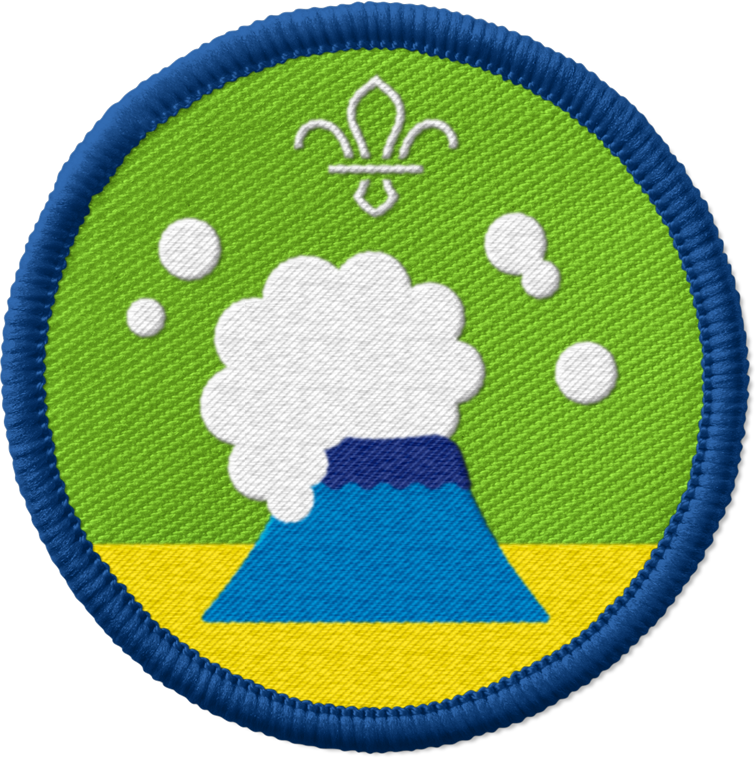You’ll need
- Plant pots
- Seeds
- Compost
- Tables
- Gardening gloves
- Rulers
- Pens or pencils
- A4 paper
- Access to water
- Soil

Before you begin
- Source your plant pots or seed trays. Ideally reuse old ones, or use any container (such as a yoghurt pot) as long as it has drainage holes in the bottom and has been thoroughly washed out. Try to get one for each team.
- Decide which seeds will be the best. Consider how much sunshine and care you will be able to provide to the young trees. Apple trees are a good tree for beginners to grow from seed, and can survive outdoors (after germinating inside) in most climates around the UK.
- Prepare tables for everyone to work at while planting.
Plant your seeds
- Everyone should split into small teams, with at least one plant pot or seed tray per team.
- One person from each team should put on a pair of gardening gloves and put a mixture of half soil and half compost into their pot or tray, so that it is just over half full.
- Put two seeds into each pot or tray.
- Cover the seeds with a mixture of half soil and half compost that is 1cm deep.Give the seeds some water.
- Each team should put their pot or tray in a place that gets some sunlight and is fairly warm, to help the seed grow.
Monitor your seedlings
- Each team should take care of their plants over the next few weeks: watering them, moving them if they need more or less sun, and re-planting seedlings into individual pots if they are getting too big.
- Each team should use a ruler to measure the height of their seedling over time and keep a note of how much it has grown.
Once the seedlings become saplings
- Several weeks after planting, the seeds should begin to start growing little leaves. From there they will grow taller and stronger. Each team should keep them in pots until they look strong and any risk of frost has passed.
- If any team thinks their sapling is outgrowing its pot, they should find a larger one or suitable ground outdoors to plant it in.
Why not think about giving the saplings out to families or to the community so that they can have space to grow?
Reflection
This activity helped you to become an active citizen in society. You have contributed to conserving the environment by keeping a tree alive. How do trees help the environment? What is necessary to help a seed to grow? Where could we plant our trees so they will have the best effect on the environment?
This activity also helped you to learn new skills. You had to take care of a plant as it grew from a seed. What did you learn when you were looking after your seedling? Would you do anything differently if you were going to grow some more seeds?
Safety
All activities must be safely managed. You must complete a thorough risk assessment and take appropriate steps to reduce risk. Use the safety checklist to help you plan and risk assess your activity. Always get approval for the activity, and have suitable supervision and an InTouch process.
- Gardening and nature
Everyone must wash their hands after the activity has finished. Wear gloves if needed. Explain how to safely use equipment and set clear boundaries so everyone knows what’s allowed.
- Outdoor activities
You must have permission to use the location. Always check the weather forecast, and inform parents and carers of any change in venue.
Depending on which type of seeds you decide to plant, this activity will be harder or easier.
Try to balance the capability of the teams so that everyone supports each other and cooperates, and no one is left behind in participation. All Scout activities should be inclusive and accessible.
All Scout activities should be inclusive and accessible.
Research into the best seeds to use and successfully growing a plant can form part of the Gardener Activity Badge.
A participant with extensive knowledge of gardening or the Gardener Activity Badge might be able to lead this project. Participants can also decide if they want to take on this project for a longer time, continuing to care for their trees, and which next steps to take.





